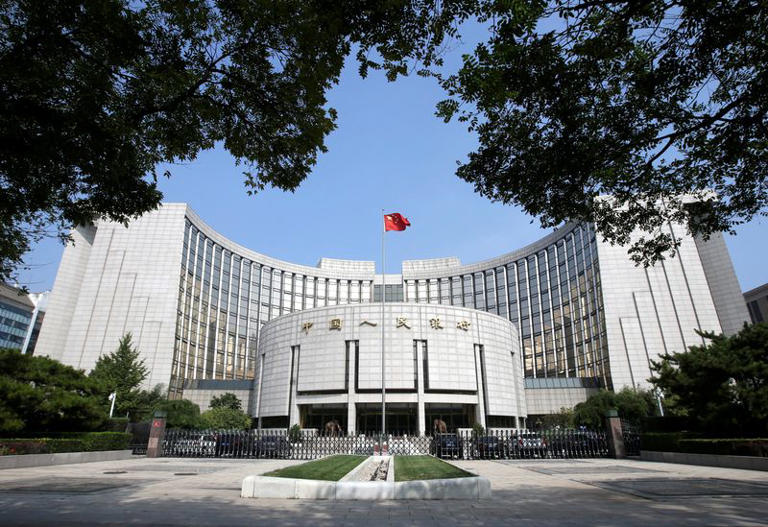China’s recent move to cut interest rates, the first major adjustment in nearly a year, has surprisingly elicited only a lukewarm response from key commodities, such as iron ore and copper, which typically react strongly to such economic policy changes. The People’s Bank of China (PBoC) reduced the seven-day reverse repo rate from 1.8% to 1.7% and similarly lowered the benchmark lending rates, aiming to stimulate economic activity and address sluggish growth. Despite these efforts, the anticipated boost in commodity prices has been notably absent.
For iron ore, which is closely linked to construction and infrastructure, the reaction was particularly subdued. On the Singapore Exchange, iron ore futures ended the day with a slight decline of 0.4%, settling at $106.79 per metric ton. Similarly, the main domestic iron ore futures on the Dalian Commodity Exchange dropped by 0.3%, closing at 798.5 yuan ($109.79) per ton. These decreases suggest that the market did not view the rate cuts as a strong enough signal to drive up demand for iron ore.
Copper, another critical commodity tied to industrial and manufacturing activity, also showed a lackluster response. London-traded copper futures fell by 1.0%, marking their lowest close since early April. Copper futures on the Shanghai exchange ended 0.86% lower, reaching their lowest level since April. This decline in copper prices reflects a broader skepticism about the effectiveness of China’s monetary policy in spurring immediate demand for industrial metals.
The muted reaction in the commodities market reflects a growing sentiment that China’s current economic policies may not be sufficient to counteract the persistent challenges facing its economy. Recent economic indicators and political events have contributed to this cautious outlook. For instance, the recent political plenum, a key bi-decade meeting of China’s top leaders, failed to provide compelling evidence that significant measures would be taken to rejuvenate the economy, particularly the ailing residential property sector.
Additionally, geopolitical factors are adding to the uncertainty. The potential for increased trade tensions with the U.S., especially if Donald Trump were to win the upcoming presidential election and implement promised tariff hikes, is leading market participants to adopt a more cautious stance. This risk of heightened trade barriers could further complicate China’s economic recovery and impact global commodity markets.
Despite these challenges, the import data for iron ore suggests a strong demand, albeit not necessarily driven by the recent rate cuts. Analysts expect iron ore imports for July to be robust, with estimates around 111 million tons. This would represent a significant increase over June’s reported imports of 97.61 million tons. Much of the increase is attributed to efforts by steel mills and traders to rebuild their inventories, which had previously been at a seven-year low. The current inventory build-up reflects a strategic response to the lower prices seen this year, rather than a direct impact of the recent monetary policy adjustments.
Similarly, copper imports and exports are influenced by market dynamics rather than policy shifts. China’s arrivals of unwrought copper fell sharply in June, down 15.6% from May, following a spike in copper prices earlier in the year. The price surge had closed the arbitrage window for traders, leading them to sell copper into the global market instead of increasing their inventories. This shift resulted in a record high of 157,751 tons in copper exports for June, more than double May’s figure and the highest level in over a decade.
Moreover, copper stockpiles monitored by the Shanghai Futures Exchange have been decreasing from recent highs. This decline indicates that while domestic inventory levels were elevated earlier, they are now starting to normalize. The reduction in stockpiles reflects a broader adjustment in response to global pricing trends and market conditions.
Overall, the reaction of iron ore and copper markets to China’s interest rate cuts suggests that while monetary policy is a key factor, its immediate impact on commodity prices is limited. Traders and investors are responding more to global market dynamics and pricing trends than to domestic policy changes. This nuanced market behavior highlights the complexity of commodity markets and the challenges policymakers face in stimulating demand through interest rate adjustments alone.
